Nationality United States Name Henry Kendall Institutions MIT, Stanford Role Physicist | Fields Physics | |
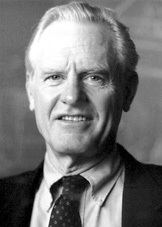 | ||
Born December 9, 1926Boston, Massachusetts ( 1926-12-09 ) Books A distant light, Bioengineering of Crops: Report of, Underwater Photography, Beyond the Freeze: The Road Similar People Jerome Isaac Friedman, Richard E Taylor, Martin Deutsch, Kurt Gottfried, Hans Georg Dehmelt | ||
Henry way kendall
Henry Way Kendall (December 9, 1926 – February 15, 1999) was an American particle physicist who won the Nobel Prize in Physics in 1990 jointly with Jerome Isaac Friedman and Richard E. Taylor "for their pioneering investigations concerning deep inelastic scattering of electrons on protons and bound neutrons, which have been of essential importance for the development of the quark model in particle physics."
Contents

Henry Way Kendall
Biography
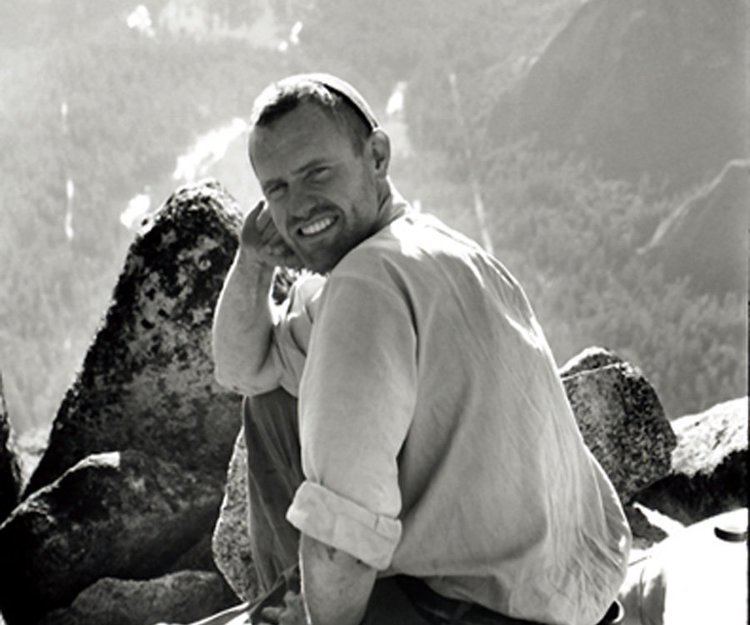
Kendall was born in Boston to Evelyn Way and Henry P. Kendall, an industrialist. Kendall grew up in Sharon, Massachusetts and attended Deerfield Academy. He enrolled in the U. S. Merchant Marine Academy in 1945, and served on a troop transport on the North Atlantic in the winter of 1945 - 1946.
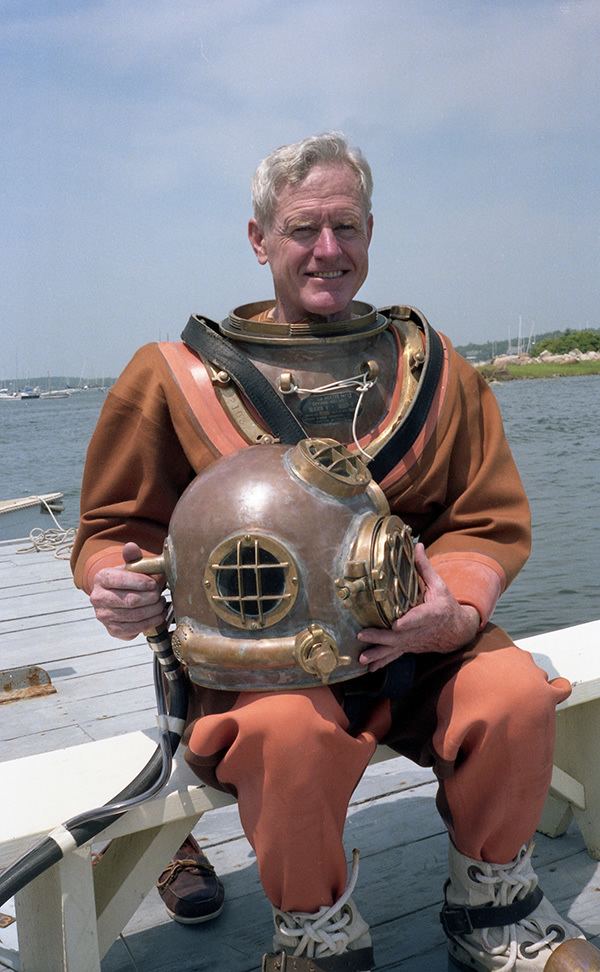
In 1946, he enrolled at Amherst College where he majored in mathematics, graduating in 1950. While at Amherst, he operated a diving and marine salvage company during two summers. He co-authored two books, one on shallow water diving and the other on underwater photography.

He did graduate research at the Massachusetts Institute of Technology, involving an experimental study of positronium, and he obtained his PhD in 1955. He then spent the next two years as a postdoctoral fellow at Brookhaven National Laboratory. He then spent five years in Robert Hofstadter's research group at Stanford University in the late 50's and early 60's, where he worked with Jerome Friedman and Richard Taylor, studying the structure of protons and neutrons, using the university's 300 feet long linear electron accelerator. He developed a close working relationship with Wolfgang K. H. Panofsky at Stanford.
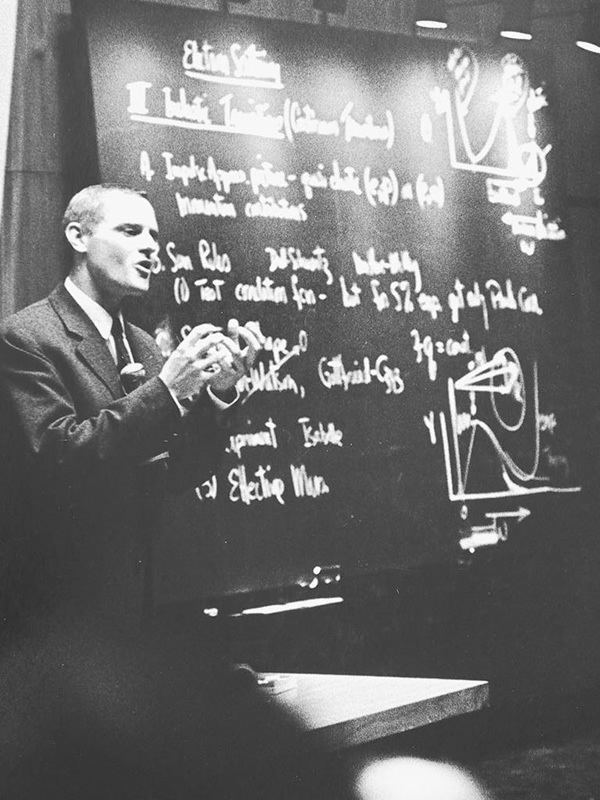
He then returned to the MIT Physics Department, where he remained for the rest of his life.
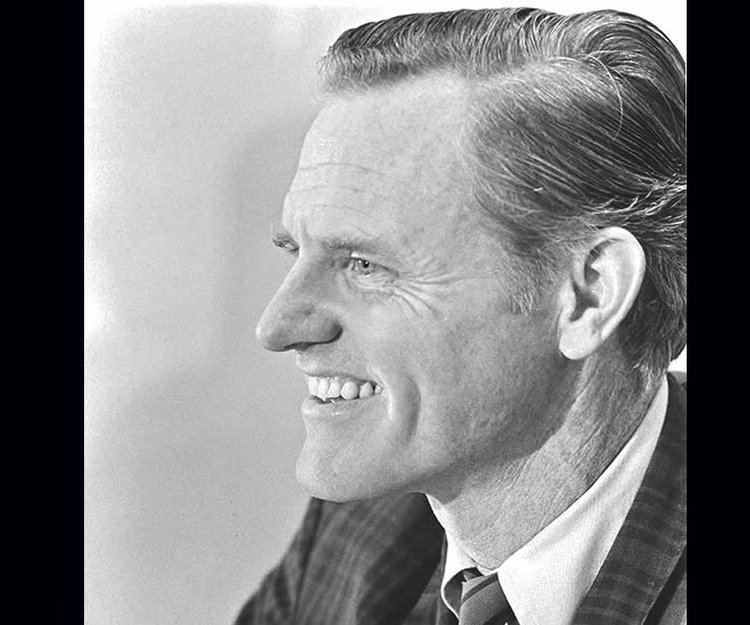
In the late 60's and early '70s, Kendall worked in collaboration with researchers at the Stanford Linear Accelerator Center (SLAC) including Friedman and Taylor. These experiments involved scattering high-energy beams of electrons from protons and deuterons and heavier nuclei. At lower energies, it had already been found that the electrons would only be scattered through low angles, consistent with the idea that the nucleons had no internal structure. However, the SLAC-MIT experiments showed that higher energy electrons could be scattered through much higher angles, with the loss of some energy. These deep inelastic scattering results provided the first experimental evidence that the protons and neutrons were made up of point-like particles, later identified to be the up and down quarks that had previously been proposed on theoretical grounds. The experiments also provided the first evidence for the existence of gluons.
Kendall was not only a very accomplished physicist, but also a very skilled mountaineer and photographer. He did extensive rock climbing in Yosemite Valley, followed by expeditions to the Andes, Himalaya and Antarctica, photographing his experiences with large format cameras. He was elected a Fellow of the American Academy of Arts and Sciences in 1982. On April 7, 2012, the American Alpine Club inducted Kendall into its Hall of Mountaineering Excellence at an award ceremony in Golden, Colorado.
Service activities
Kendall was one of the founding members of the Union of Concerned Scientists (UCS) in 1969. He served as Chairman of the UCS from 1974 until his death in 1999. His public policy interests included avoiding nuclear war, the Strategic Defense Initiative, the B2 bomber, nuclear reactor safety and global warming.
He was also a member of the JASON Defense Advisory Group.
Death
Kendall died while diving the cave at the Edward Ball Wakulla Springs State Park, Florida as a part of the Wakulla 2 Project. He by-passed two pre-dive checklists for his Cis-Lunar MK-5P Mixed Gas rebreather and entered the spring basin without his dive buddy from the National Geographic Society. Kendall missed turning the oxygen supply to his rebreather and lost consciousness and drowned. The autopsy revealed a physiological issue that led to his disregarding the protocols.
